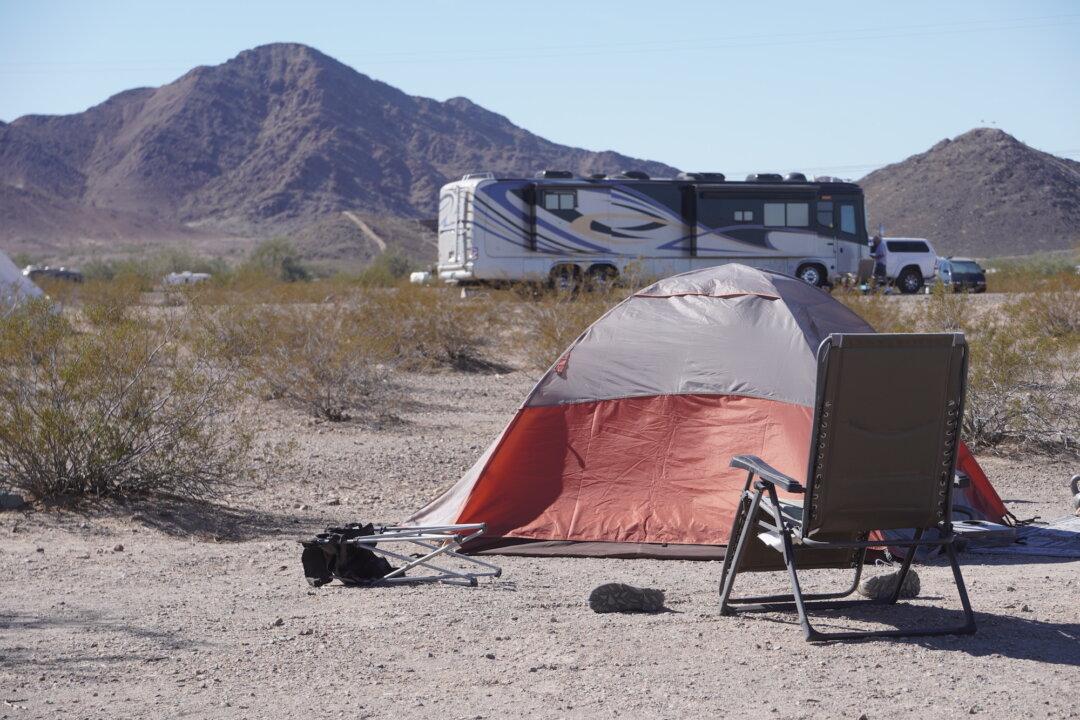Critics of a recently proposed federal land use rule say the way it’s written will increasingly reduce commercial and recreational use while inviting environmental groups who advocate for closures to protect against what they believe to be the impact of climate change.
In March, the Bureau of Land Management (BLM) released its proposed “Conservation and Landscape Health” (CLH) plan to “guide the balanced management of America’s public lands for the benefit of current and future generations.”





